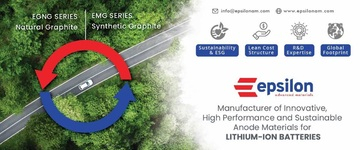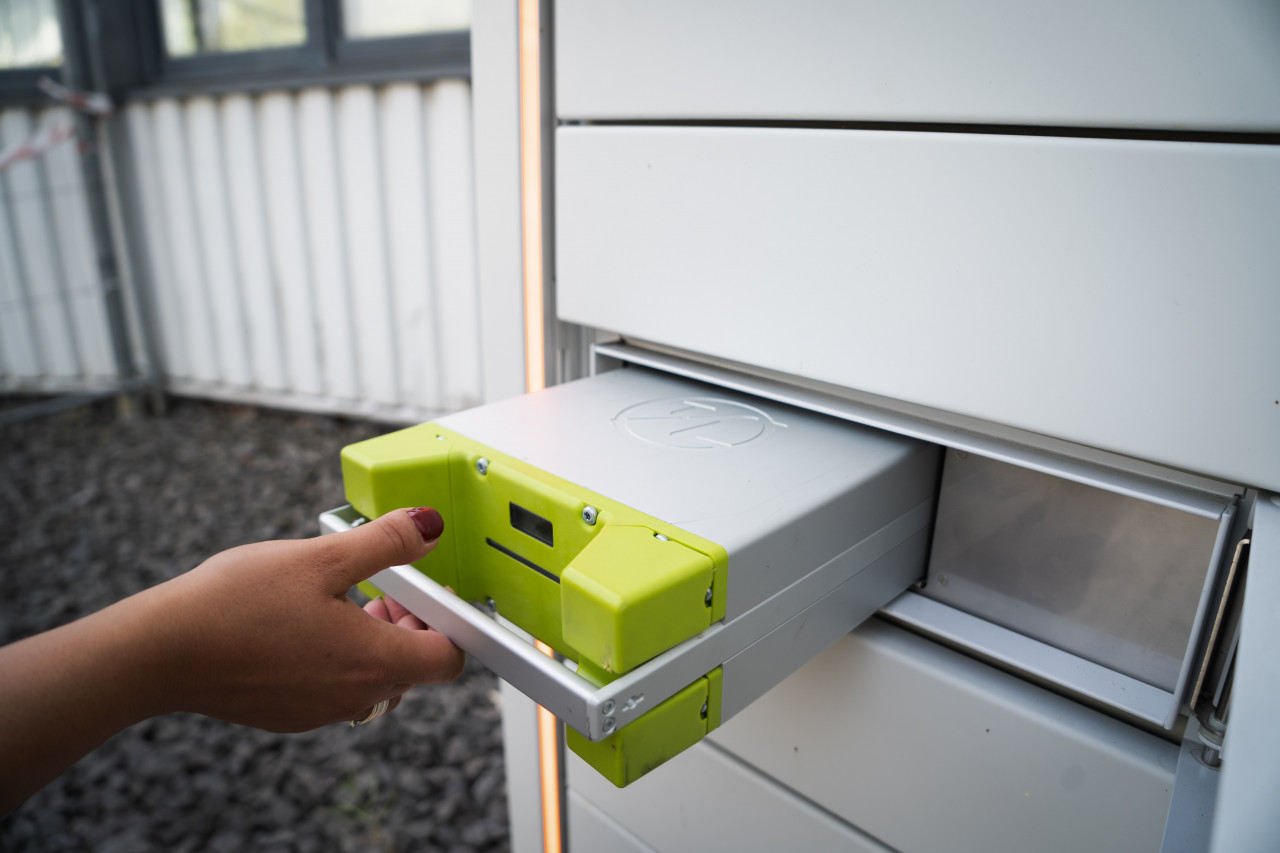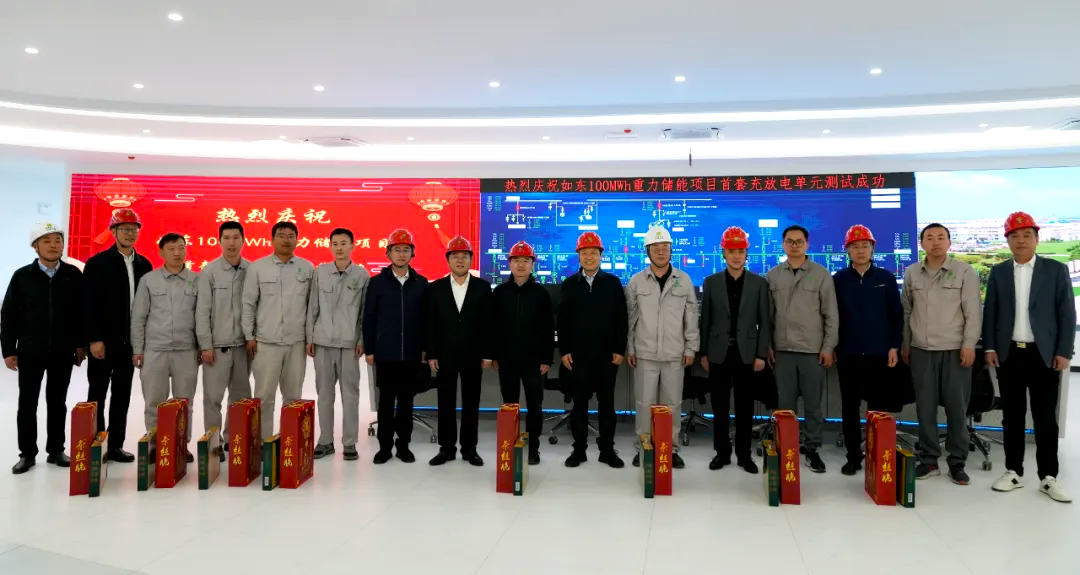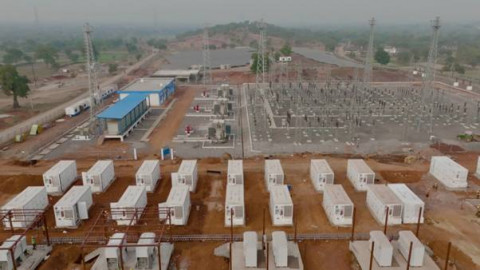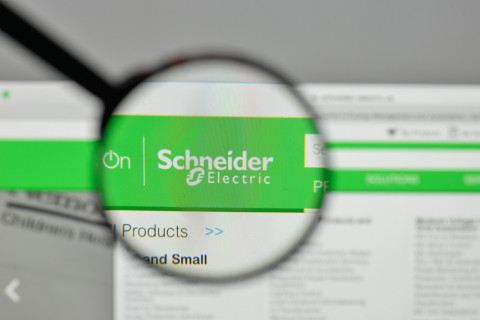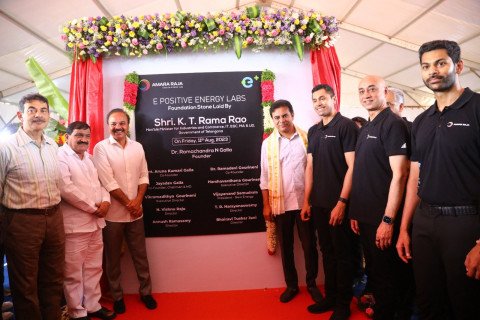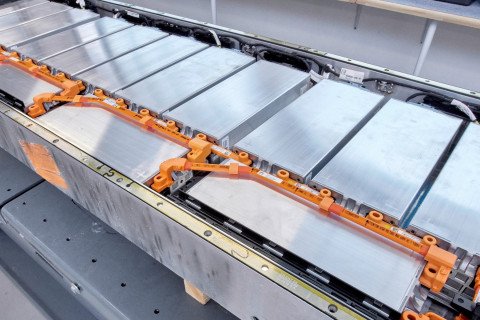Bettering battery analysis
Scientists predict that battery analysis in the future will reach newer heights with Electrochemical Impedance Spectroscopy (EIS) combined machine-learning, neural networking, and cloud connectivity.
Battery testers are readily available, but we ask: How well do they work? Not everybody is familiar with the test results given, other than knowing that voltage relates to state-of-charge (SoC) and internal resistance (Ri) to power and loading conditions. Capacity readings are outside the capability of most battery testers.
Capacity is the leading health indicator that governs end-of-life when the battery has faded. Loss of energy storage goes mostly unnoticed while the readings on a battery tester remain unchanged. This leaves service personnel unable to decide if a battery needs replacement or not.
Battery performance and symptoms also change with temperature and SoC level. A good battery with a partial charge performs similar to a fully charged battery that is weak. A battery tester should identify these conditions, but most cannot do this.
A battery is like a 'black box'. The pack looks similar if fully charged or empty, new or faded. In comparison, a car tire distorts when low on air and is replaced when the treads are worn. In spite of this disguise, the battery reveals characteristics that instruments can measure to various levels of accuracy.
SoC is checked by voltage, but inaccuracies occur if the battery has been agitated. Voltage readings after a charge stay high for a time and a discharge depresses the voltage. Normalizing takes a few hours. Most battery testers measure Ri by applying a calibrated discharge pulse and observe the voltage drop. Ohm's Law (V=I x R) provides the Ri by dividing the voltage drop with the applied current.
The Ri of a battery does not correlate well with capacity. Tests at Cadex labs reveal a correlation between capacity and Ri of only 51 percent. Ri alone does not provide the full picture. Some battery testers also analyze voltage recovery that relates to state-of-health (SoH). A good battery recovers quicker than a faded one. Similarly, these phenomena apply to lead-acid and lithium-based chemistries.
Figure 2 demonstrates the causes of failure for lead-acid starter batteries. At 48 percent, capacity fade is the most common failure mode induced by wearing out of the active material. In comparison, the rise of Ri only accounts for 12 percent. The test-pool also includes batteries that are over-discharged (23 percent) and have no fault (15 percent). Mechanical and manufacturing defects are at a low 2 percent.
Better test methods will keep batteries in service longer, as packs are often returned with no specific defect. Customer-induced failures, such as low charge, could be eliminated.
Advanced battery test methods
Battery manufacturers are seeking advanced battery-test methods to improve fabrication and identify user-induced failures. Industries also seek solutions as part of Reliability-Centered Maintenance (RCM). Defined by the Society of Automotive Engineering (SAE) standard JA1011, RCM is a maintenance protocol that ensures continued reliability on mechanical parts by observing wear-and-tear. Introduced in the 1960s, airlines were first to adopt the standard to reduce invasive maintenance. The military accepted the system in 1967, which led to civil users in nuclear power plants, oil & gas, subways, and hospitals.
Currently, RCM does not include batteries. Part of the omission maybe a lack of suitable test methods. A Battery Management System (BMS) could be used, but monitoring voltage, current, and temperature only detect anomalies. The Remaining Useful Life (RUL) representing capacity is not available. Nor does a data stamp provide a reliable indication as to when a battery should be replaced. Batteries are often swapped too soon; however, most stay in service too long.
Checking batteries beyond measuring voltage and Ri, gets complex. A battery resembles a living organism that consists of components that consume active materials, build-up performance-inhibiting films robbing power, and undergoes mechanical stress leading to elevated self-discharge. Battery longevity can be defined by these characteristics:
• Capacity fade, manifested by diminishing energy storage
• Elevated internal resistance, reflecting in decreased loading capabilities
• High self-discharge, induced by stress can lead to safety concerns in Li-ion batteries.
Undetected aging effects may cause thermal runaway, which is a concern, especially for Li-ion batteries. Installing RCM for a critical battery system warrants answer to these questions:
1. At what capacity does the battery need replacement?
2. What other battery anomalies must a monitor identify?
3. What is the consequence of a battery failure?
Modern test technologies
Advancements are being made by characterizing various properties of a battery using a technique such as Electrochemical Impedance Spectroscopy (EIS). EIS injects sinusoidal signals of multiple frequencies into the battery and measures the impedance response in the form of a Nyquist plot.
Cadex has secured a proprietary technology to translate the Nyquist plot into battery SoH and SoC. Here is how it works:
The Nyquist plot is fitted with battery models reflecting diverse battery internal properties. The reference images of the model parameters of good and poor batteries had been made available by scanning a large pool of batteries with similar architecture but diverse states of performance. The model parameters are then passed through an advanced data analytics algorithm such as fuzzy logic to determine capacity, Ri, and SoC.
Figure 3 illustrates the concept of multi-model EIS technology in a simplified way. Multi-model EIS is also known as Spectro™.
Battery testers using EIS technology developed by Cadex are deployed in the auto industry to check starter batteries. Capacity measurement is preferred because Cold Cranking Amp (CCA) alone does not provide RUL information. CCA readings on most starter batteries stay normal, while the capacity fades without knowing. This often leads to unexpected failures as strong engine cranking does not reflect low capacity.
The Spectro™ technology can also be used to test model-specific batteries in lead-acid and lithium chemistries. Each battery model is first scanned to create a 'golden sample' representing a known good battery. Aging symptoms are analyzed by observing subtle changes of the Nyquist plot against the mirror image of a battery in new condition.
Cloud connectivity simplifies the logistics by downloading model-specific golden samples along with various aged battery data. Spectro™ devices in the form of hand-held testers and BMS installations provide the test results, organized by date and model number, and stored in the Cloud. Big data improves accuracy, processed by machine learning and Artificial Neural Networks (ANN), technologies that Spectro™ provides.
Figure 4 illustrates ANN that analyzes a vast volume of data and provides a classified output with the help of hidden layers. The connecting units called neurons form a biological brain that simulates animal instinct. One might argue: 'garbage in; garbage out', but volume of user patterns can produce amazing results with ANN.
The Cadex lab is testing the accuracies of ANN and machine learning algorithms such as Gaussian Process Regression to determine battery SoH. The Gaussian method is more effective on the lead-acid battery dataset (~90 percent accurate) and gets consistently better results. These findings are also verified by research scientists at the University of British Columbia. Typical applications for the Advanced Battery Analytic System (ABAS) are fleet supervision by tracking battery performance in the field with EIS-based testers and EIS-backed BMS installations. With ABAS, the supervisor sets the Target Selector to calculated capacity thresholds for each battery system with the intent to keep the batteries in service as long as possible while maintaining confidence in the system. Such a system utilizes each battery fully while improving reliability and lowering the environmental impact of discarding batteries too early.
Conclusion
The more sophisticated a test method gets, the further technology begins to decipher symptoms. An example is weather forecast that observes changes in temperature, wind speed, and moisture. Face recognition is another example by comparing anchor points. Letter and voice recognition are further applications in which machine learning recognizes subtle nuances to find a collective meaning.
With more advanced estimation tools, no singular reading delivers a finite result. Machine learning improves accuracy without giving explicit instructions. A subset of artificial intelligence, machine learning uses algorithms and statistical models to analyze data and draw inferences from data patterns. Scientists predict that the future of battery analysis lay in EIS with machine-learning and cloud connectivity. Vast data will serve as lookup tables to provide amazingly accurate battery evaluation for major battery models.
The key to advanced battery analysis is reading the 'chemical battery' rather than processing data with peripheral digital engines. Chemical-based battery analysis has not advanced as rapidly as digital technologies. EIS with machine learning, neural networking, and cloud connectivity brings battery analysis to new levels. These relevant technologies will also improve fleet supervision for organizations.

